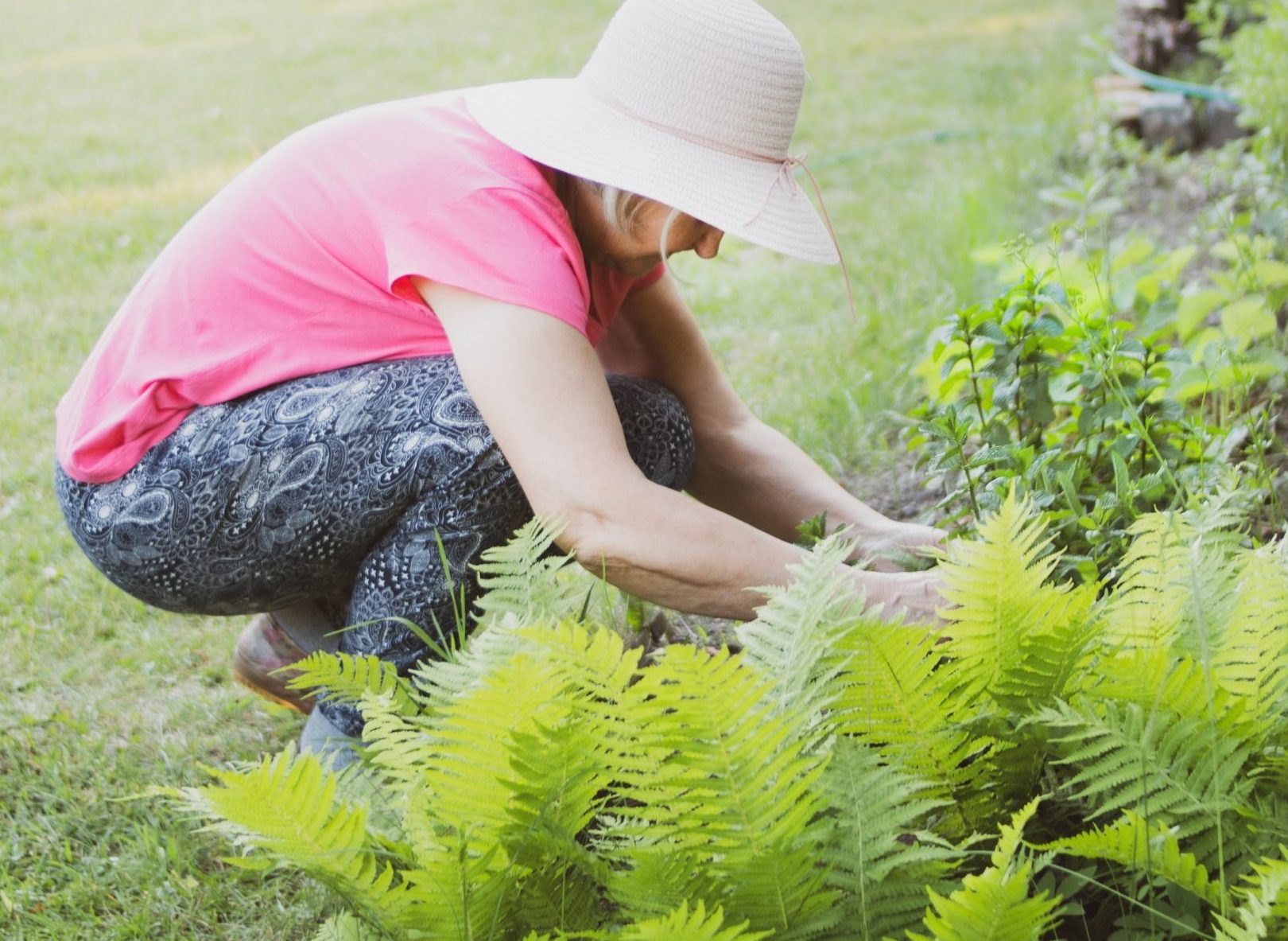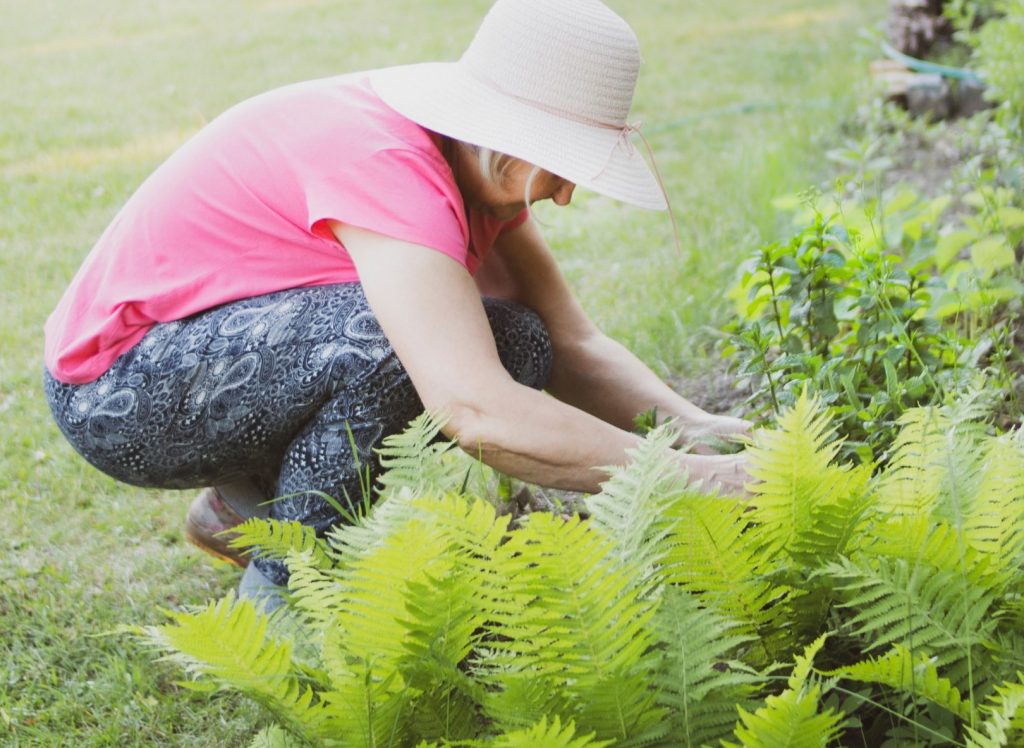This article gives me a chance to play David Letterman. People who are familiar with his term as host of a late night show on television must remember his top 10 lists.
Well, now it’s our turn. The topic of this top 10 list is the 10 Worst Mistakes Gardeners Can make. Here we go.
10) Gardeners don’t apply mulch around plants.
Mulching is a very important in eradicating weeds from gardens. If weeds are allowed to establish they provide competition to your plants for much needed nutrients and can also block sunlight from reaching plants. Applying mulch also benefits the soil. It helps the soil retain water and shields plants from bacteria, viruses and fungi that can spatter up from the soil. Start with removing the weeds, and then apply mulch to keep them from returning.
9) Gardener’s don’t dig an adequate size hole for plant.
The rule of thumb is to dig a hole that is about two times wider and deeper than the size of the plants root ball. If the hole is too small, then the roots don’t get a chance to establish causing the growth of plants to be stunted.
Of course, you don’t want the hole to be too deep either. Plants don’t flourish if their stem is buried or when roots are exposed to air.
So, when installing a plant in the hole, backfill the hole with fresh soil so that the top of the root ball is level with the ground.
Tomatoes are the exception to this rule. They grow roots from their stems. So they do best when only a part of the stem is buried. If you observe a tomato plant you’ll see some of its roots are growing from the stem down into the soil.
It is suggested that you do some research concerning the plants you wish to grow before you install them in your garden.
8) Gardeners do not fertilize properly.
It is essential to offer your plants sufficient nutrients. That’s what fertilizer does. Still, you can over fertilize plants if you aren’t sure how much fertilizer to apply. It might help to learn more about fertilizing your garden.
In the meantime, here are some tips to follow when dealing with fertilizers.
• Don’t use high nitrogen based fertilizers. They can result in less fruits and may burn the plants.
• Fertilize when you plant and then at least once every four weeks.
• Liquid organic fertilizers offer the best results for food growing plants.
7) Gardeners don’t consider the quality of their soil.
It’s always a good idea to test the quality of your soil before you plant. The test will show you what amendments the soil needs. You should also learn what kind of soil you have. Is it sandy? Is it clay? Is it rocky?
Generally speaking, most soil can be prepared for any garden. Remove large rocks and add fresh purchased garden soil and/or compost. Purchased garden soil enhances the consistency and organic matter in your garden. Compost is always good for your soil.
Another helpful hint to growing food in poor soil is to plant the food in raised beds or containers.
When dealing with soil remember this. Plants never thrive in unhealthy soil.
For more information you may want to look at Rodale’s Encyclopedia of Organic Gardening. It’s available at Amazon.com.
6) Gardeners Plant too early or too late.
Peas don’t do well in hot weather and tomatoes don’t do well when it’s too cold. Moreover, problems arise if you grow corn in soil that is less than 60°F.
So, do some research before you plant your garden. Learn what the best time is for planting what you want and make sure there are plenty of days to your growing season. If you discover that the season is too short for plants you wish to grow, start the seeds in advance or grow in a greenhouse, cold frame, or row covers.
Photo by Dominika Roseclay from Pexels
5) Gardeners place plants too close together.
If you crowd your plants too close together they won’t thrive and they are more susceptible to diseases and pests.
It is best to install fewer plants in your garden if space is limited. Besides diseases and pests, planting too close causes the plants to compete for water and nutrients.
4) Gardeners plant in too much sun or in too much shade.
Crops like tomatoes need sunlight to flourish while broccoli doesn’t do well in the afternoon heat.
Read the seed packet for recommendations on placing plants in sunlight. When you see words like “full sun,” “part sun,” “part shade” and “shade” in the instructions, this is what they mean.
• Full sun. Place where the plant will get more than 6 hours of direct sunlight. For some plants, 6 hours is the minimum. Some plants like say tomatoes require 8 to 10 hours.
• Part sun. While the plant tolerates some shade, it needs at least 4 to 6 hours of direct sunlight. Plants that thrive in heat favor the heat that occurs in the afternoon.
• Part shade. While the plant needs 4 to 6 hours of sunlight, it especially needs the cooler morning sunshine and speckled sunlight in the afternoon. These plants don’t like intense sun in the afternoon every day.
• Shade. They favor less than 4 hours of direct sunlight. Shade tolerate plants do well in filtered or indirect sunlight. Ideal locations for these plants are under a large tree, on a covered patio, and in a sunny room in the house.
3) Gardeners don’t have a strategy for water.
It is as simple as day. Plants die due to lack of water. Not watering your plants will lead to their death. Moreover, crops that survive through severe water stress won’t yield food for eating.
You’ll remember to water your plants if you make the activity easy and convenient. Here are some things to consider when you water your plants.
• Make sure that the source of water is convenient to where you have your garden. Assure that the length of your hose is appropriate and that there is adequate water pressure.
• Employ the easiest method to water your plants. This could include drip irrigation or soaker hoses and hand watering. Sprinklers that spray water on top of plants may not be the best method. Observe how rainwater affects your garden. Does water run away or toward the garden? Is there a possibility that the location of your garden could suffer flooding in heavy rains? The best remedy in strategizing your watering is to get water to your plants or get the plants closer to the water.
2) Gardeners try to do too much.
Make plans to garden that fit with your schedule. If you don’t have time to take care of a lot of plants, then care for only as many as you have the time for.
As an example, many vegetables need direct sun and heat of summer. They also need to be watered more than once a day.
Tomatoes require frequent pruning, weeding and pest control, harvesting and the storing of produce. And this is only a part of the requirements of caring for them.
As you can see, it’s easy to bite off more than you can chew. Adjust your gardening with the time you have available.
1) Gardeners don’t enjoy their gardens and harvests.
There are indications that some gardeners don’t take advantage of the crops they grow. Don’t let any of the vegetables and fruits you grow go to waste. Harvest and enjoy consuming them. If you produce more than your family can feed on, share them with neighbors and friends. Give purpose to your vegetable and fruit gardens and grow foods and fruits that your family enjoys eating.
There are also reasons why some gardeners don’t enjoy gardening. Sure, no one likes working in the sizzling heat. So have plants that thrive in the shade. If you don’t like the backbreaking job of dealing with weeds, grow plants in containers. If you don’t like dealing with pests, then create a garden with plants that repel them.
To making gardening fun again, determine what you don’t like about it and then come up with a way to work around it.
(Source: youshouldgrow.com)








